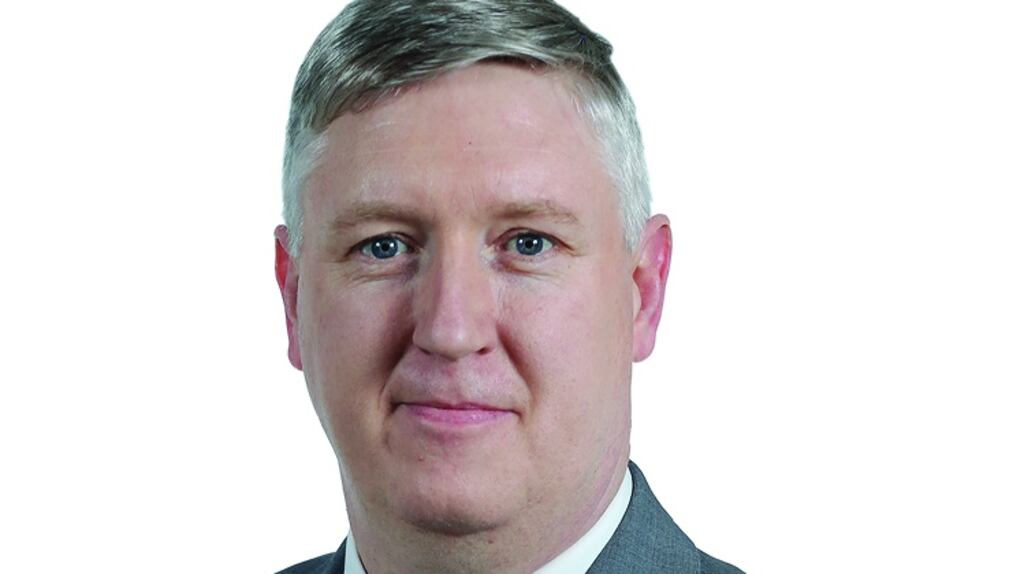Eirgrid has just passed the mid-point in one of the largest public consultation processes every undertaken in this country. “We have been seeking feedback on our Shaping Our Electricity Future report which details innovative approaches to developing the grid in order to meet Ireland’s ambitious 2030 renewable energy targets,” says Eirgrid chief innovation and planning officer Liam Ryan.
“We have been holding workshops, meetings and forums across the country to inform people and gather feedback that will directly influence the final roadmap,” he adds.
A wide variety of organisations have become involved in the process. These include Irish Rural Link, Chambers Ireland, the National Youth Council of Ireland, local authorities and government departments. Eirgrid has also established a public forum modelled on the citizens’ assemblies in order to ensure the widest possible spectrum of opinion is represented.
“We are a little over halfway through the consultation and to date we have received over 100 submissions and we expect this to grow significantly as we get closer to June 14th,” says Ryan. “We have had more than 300 participants in specially organised industry forums and there were 60 attendees at the Youth Assembly hosted by the National Youth Council of Ireland. We have also held 80 dedicated external stakeholder events for business, civic society, industry, farming, youth, local government and other communities.”
A number of themes have already emerged. Among these is the role microgeneration can play in the decarbonising power generation and how communities can get involved in it. “The message is very clear that communities want to be part of the transition,” says Ryan. “They are looking for more information about what future microgeneration schemes will look like. They are looking at things like solar photo-voltaic (PV) generation with electric vehicle battery storage to optimise their contribution. They are also looking at sharing power with their neighbours. The farming community is looking at putting solar PV on shed roofs for solar PV generation to reduce its carbon footprint. They are asking how they can become part of the solution.”
Emerging technologies
The role of new and emerging technologies has also commanded attention. While solar and wind are the main focus for many people, biomass, nuclear power and hydrogen gas have also come into the discussion.
“We are open to all forms of power generation that can support decarbonisation,” Ryan explains. “On nuclear power, some people have been asking if we are thinking about it and for our views on it. We are generation neutral but nuclear generation would require a very significant discussion. But people want to know if we should be thinking about it now. On the other hand, there are people who say they are happy to see increased solar and wind developments because they don’t want nuclear.”
The scale of nuclear power plants might be too large for Ireland in any event, he notes.
Hydrogen gas is being touted as the fuel of the future by many commentators. “A lot of research and work on it is going on around the world. Hydrogen is relatively easy to produce by electrolysis, but the big challenge is transportation. How do you get it from point of production to point of use? It has to be transported at low temperatures and high pressure. A solution to that will be really important. Achieving the Net Zero 2050 target will probably see natural gas being replaced by hydrogen as a fuel for electricity generation, but it will be after 2030 before the technology and the price are right.”
Local gain
Community gain is another issue that has come up during the process. “We have been working with communities for a significant amount of time to ensure they benefit from infrastructure coming into their areas. For example, at the end of April we announced a community forum for people living in close proximity to the route of the Celtic Interconnector in east Cork. In addition to liaising with Eirgrid throughout the building of the interconnector, the forum will oversee the distribution of a community gain fund.”
That community benefit scheme is worth in the region of €2.4 million and will be available on a phased basis should the project be granted planning permission. It will provide funding for community, sustainability and bio-diversity projects in the area and will be led by the community through the forum.
“Communities can have genuine concerns about the infrastructure that might be coming into their areas in the form of new overhead lines or cables and so on,” Ryan concludes. “We want to talk to communities, answer their questions and work through the issues with them. We will publish a comprehensive report after the consultation finishes in mid-June. This will in turn feed into the final Shaping Our Electricity Future findings.”
















